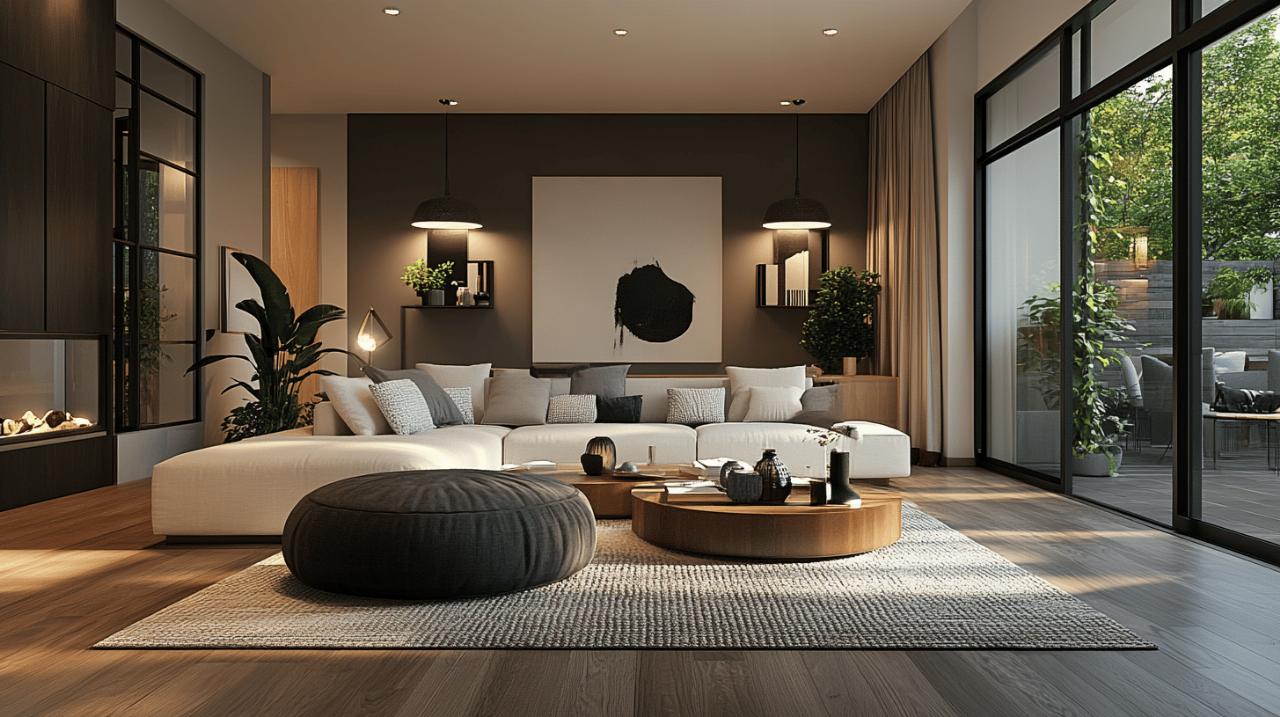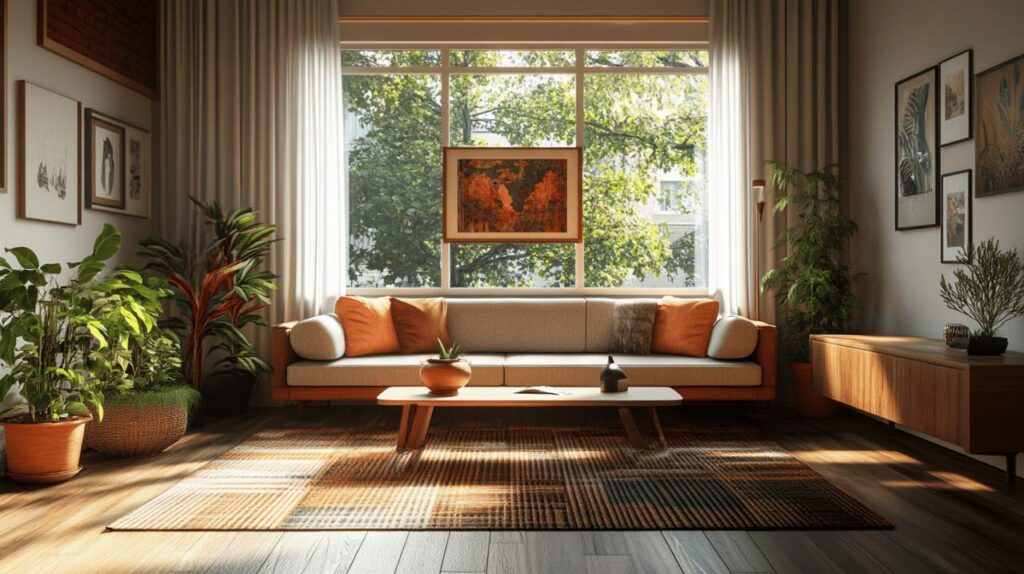When it comes to transforming your home, few elements have as much impact as your flooring choices. Beyond mere functionality, flooring establishes the foundation upon which all other design elements rest, influencing everything from acoustics to perceived spaciousness. As interior design continues to evolve, understanding how different flooring options affect your living environment becomes increasingly valuable for homeowners looking to optimize their spaces.
The Role of Flooring in Interior Design
Flooring functions as the canvas of a room, setting the tone for the entire space. Many homeowners overlook this crucial element when visiting Tiendas de Decoracion or browsing online for home improvement ideas, focusing instead on wall colours or furniture. However, design professionals understand that flooring establishes the baseline character of any room, influencing all subsequent decorating decisions.
Creating visual harmony through floor selection
The material, colour, and texture of your flooring create immediate visual impact and establish the room’s atmosphere. Light-coloured floors such as white oak create a sense of openness and airiness, making them ideal for smaller spaces or rooms with limited natural light. In contrast, darker floors like ebony produce a feeling of warmth and intimacy, perfect for creating cosy environments in larger rooms that might otherwise feel cavernous.
Material selection also contributes significantly to the visual harmony of a space. Hardwood flooring offers natural warmth and remarkable versatility, complementing virtually any design style from traditional to contemporary. Cork presents an eco-friendly alternative with inherent cushioning properties, adding both environmental consciousness and physical comfort to your design approach.
Flooring as a Foundation for Stylistic Elements
Beyond aesthetics, flooring affects how we experience a space through its acoustic properties. Carpet significantly reduces noise, making it suitable for bedrooms and quiet areas where sound absorption is desirable. Hard surfaces like wood and tile reflect sound, creating more lively atmospheres appropriate for social spaces such as dining rooms or kitchens.
The interplay between flooring and other design elements cannot be overstated. When selecting flooring, consider how it will interact with furniture, wall treatments, and lighting. For example, matte finishes tend to soften and diffuse light, while polished or reflective surfaces amplify illumination and create a sense of depth.
Manipulating spatial perception with floor coverings
One of the most powerful attributes of flooring is its ability to alter our perception of space. Strategic flooring choices can make compact rooms feel more expansive or help define areas within open-concept layouts without physical barriers.
Expanding small spaces with strategic flooring
For smaller rooms, several flooring strategies can create the illusion of greater space. Using continuous flooring throughout connecting areas eliminates visual boundaries and creates a seamless flow that extends the perceived dimensions. Large format planks or tiles reduce grout lines and interruptions, creating a more cohesive surface that appears to stretch further.
Plank orientation also influences spatial perception. Long, wide wooden planks laid vertically draw the eye forward, elongating the room from front to back. Alternatively, diagonal installation patterns can make narrow spaces feel wider by creating visual interest that extends beyond the actual dimensions of the room.
Colour selection remains perhaps the most significant factor in spatial manipulation. Light flooring colours such as cream, beige, and pale grey reflect more light, expanding the visual boundaries of a room. This technique proves especially effective when combined with similarly light wall colours to create a bright, open atmosphere.
Using Texture and Pattern to Define Areas
In open-concept spaces, flooring provides a subtle way to define functional zones without erecting walls. Transitioning from hardwood in a dining area to tile in a kitchen, for instance, creates visual separation while maintaining openness. Similarly, area rugs with linear patterns can influence directional perception – thin stripes can make rooms appear wider, while wider stripes create length.
Texture adds another dimension to spatial definition. The tactile contrast between smooth hardwood and plush carpet not only provides functional benefits but also creates psychological boundaries between spaces with different purposes. This multi-sensory approach to flooring selection enriches the overall design experience and enhances the practical usability of your home.
The thoughtful selection of flooring materials, patterns, and installation techniques transforms more than just the surface beneath our feet – it fundamentally alters how we perceive and interact with our living spaces. Whether you’re renovating an entire home or simply refreshing a single room, considering the visual, acoustic, and spatial implications of your flooring choices will lead to more successful, harmonious interior environments.


